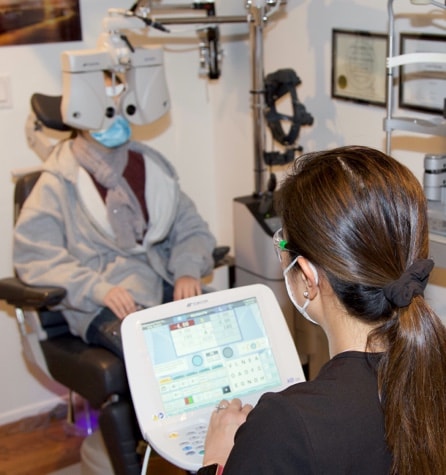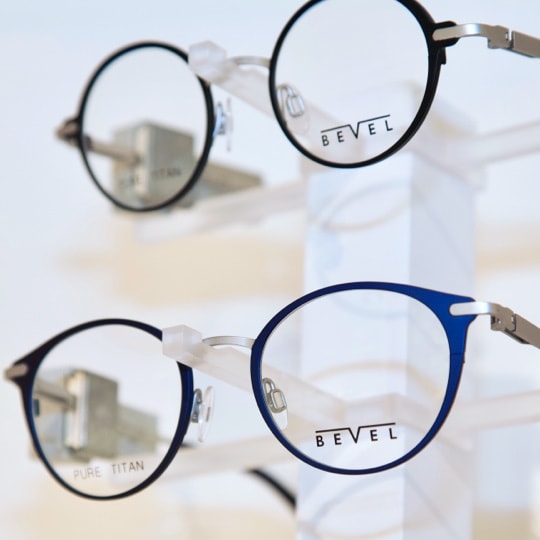What Does An Eye Exam Involve?
There are several components to an eye exam that help us detect, diagnose, and treat various eye conditions and diseases. At Acuity Vision Optometry Boutique, our thorough eye exams allow us to pinpoint early signs of eye disease that often have no symptoms.
We begin every eye exam with a thorough discussion of your current health, family health history, the medications you’re currently taking, and any corrective lenses you wear. This gives us the chance to evaluate your current situation to provide you with the best possible care.
Visual Acuity
One of the most significant parts of an eye exam involves testing your vision. We use a standard letter chart, called a Snellen chart, to test how well you see at certain distances. If you need corrective eyewear, we use a phoropter to determine what lens power is necessary to give you the clearest vision possible.
Your Eye & How It Moves
We want to see how well your eyes work together. An ocular motility test evaluates the movement of your eyes and their alignment. This test also helps us see if your eye muscles are working correctly.
We also evaluate the overall health of your eyes during every exam. Using an instrument called a slit lamp biomicroscope, we examine the external parts of your eye, including the eyelids, cornea, iris, and lens.
The Inside of Your Eye
One of the most important reasons for undergoing regular eye exams is so you can have a professional examine the parts of your eye you can’t see. Depending on your age and current health, we may want to perform a dilated eye exam to get a better view inside of your inner eye. We’ll dilate your pupils using special eye drops so we can see your retina and optic nerve better.
We also test your intraocular pressure using tonometry. This device measures the pressure inside your eyes. Elevated intraocular pressure is often related to glaucoma, so testing for this regularly, especially in later stages of life, is vital.
Optical Coherence Tomography
Optical coherence tomography (OCT) is a computerized imaging test that gives us a closer look at your eyes. The test involves taking high-resolution, cross-sectional images of your optic nerve and retina with light waves. OCT is non-invasive and allows us to assess your optic nerve and retina’s distinctive layers, which can help us pinpoint signs of disease.













